Which of the following graphs correctly represent the variation of β=−(dVdP)τ/V withP for an ideal gas at constant temperature ?
A
_E01_393_O01.png)
B
_E01_393_O02.png)
C
_E01_393_O03.png)
D
_E01_393_O04.png)
Video Solution
Text Solution
The correct Answer is:A
At constant temperature PV = constant So PdV+VdP=0
⇒dVdP=−VP
⇒β=−dV/dPV=1P
|
Updated on:21/07/2023
Topper's Solved these Questions
- BOOK - ALLENCHAPTER - GEOMETRICAL OPTICSEXERCISE - EXERCISE - 05 (B) (MCQ)9videos
GEOMETRICAL OPTICS
- BOOK - ALLENCHAPTER - GEOMETRICAL OPTICSEXERCISE - EXERCISE - 05 (B) (MATCH THE COLUMN)3videos
GEOMETRICAL OPTICS
- BOOK - ALLENCHAPTER - GEOMETRICAL OPTICSEXERCISE - EXERCISE - 05 (A)73videos
GEOMETRICAL OPTICS
- BOOK - ALLENCHAPTER - CURRENT ELECTRICITYEXERCISE - EX.II66videos
CURRENT ELECTRICITY
- BOOK - ALLENCHAPTER - GRAVITATIONEXERCISE - EXERCISE 49videos
GRAVITATION
Similar Questions
Knowledge Check
- Question 1 - Select One
Which of the following graphs represent the behaviour of an ideal gas ?
A1.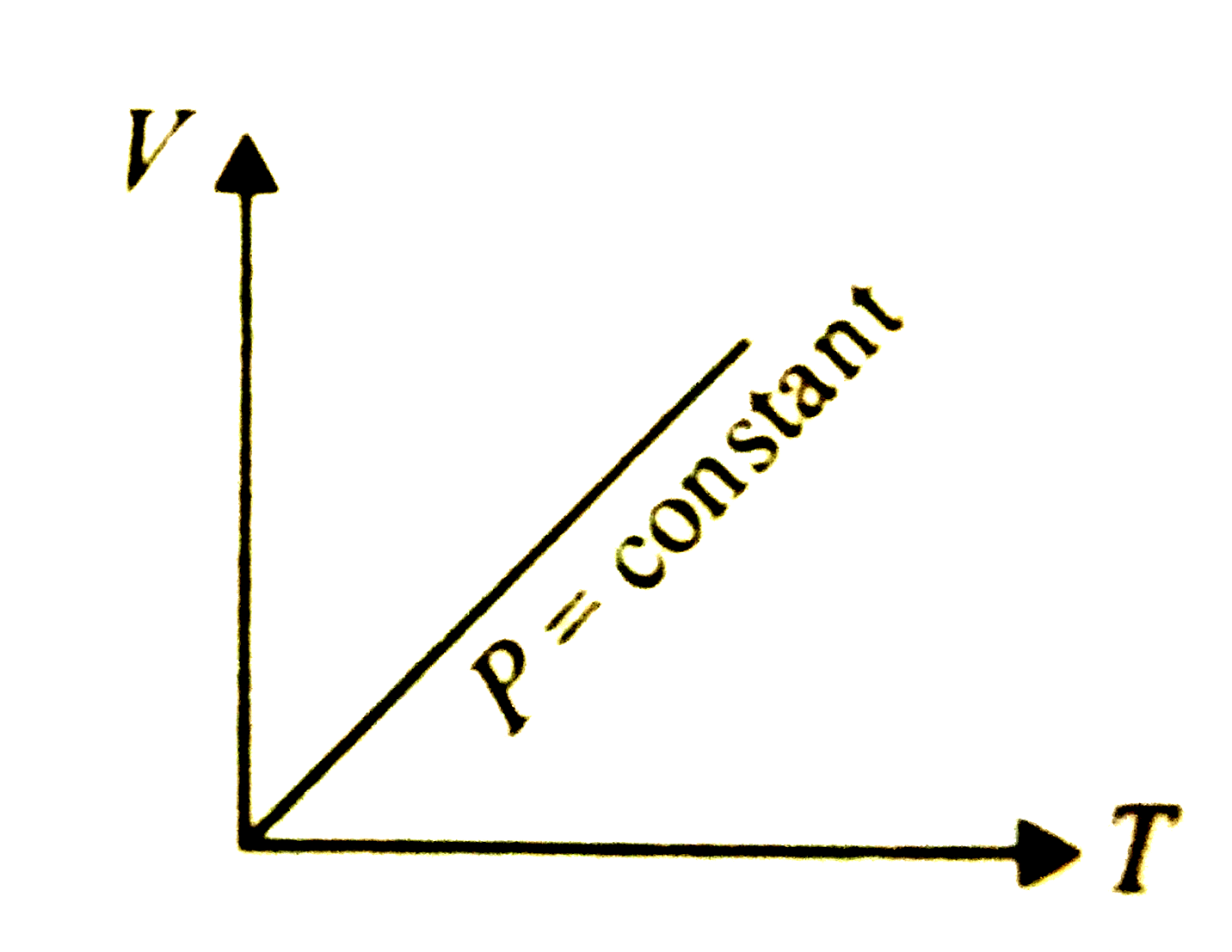 B2.
B2. C3.
C3.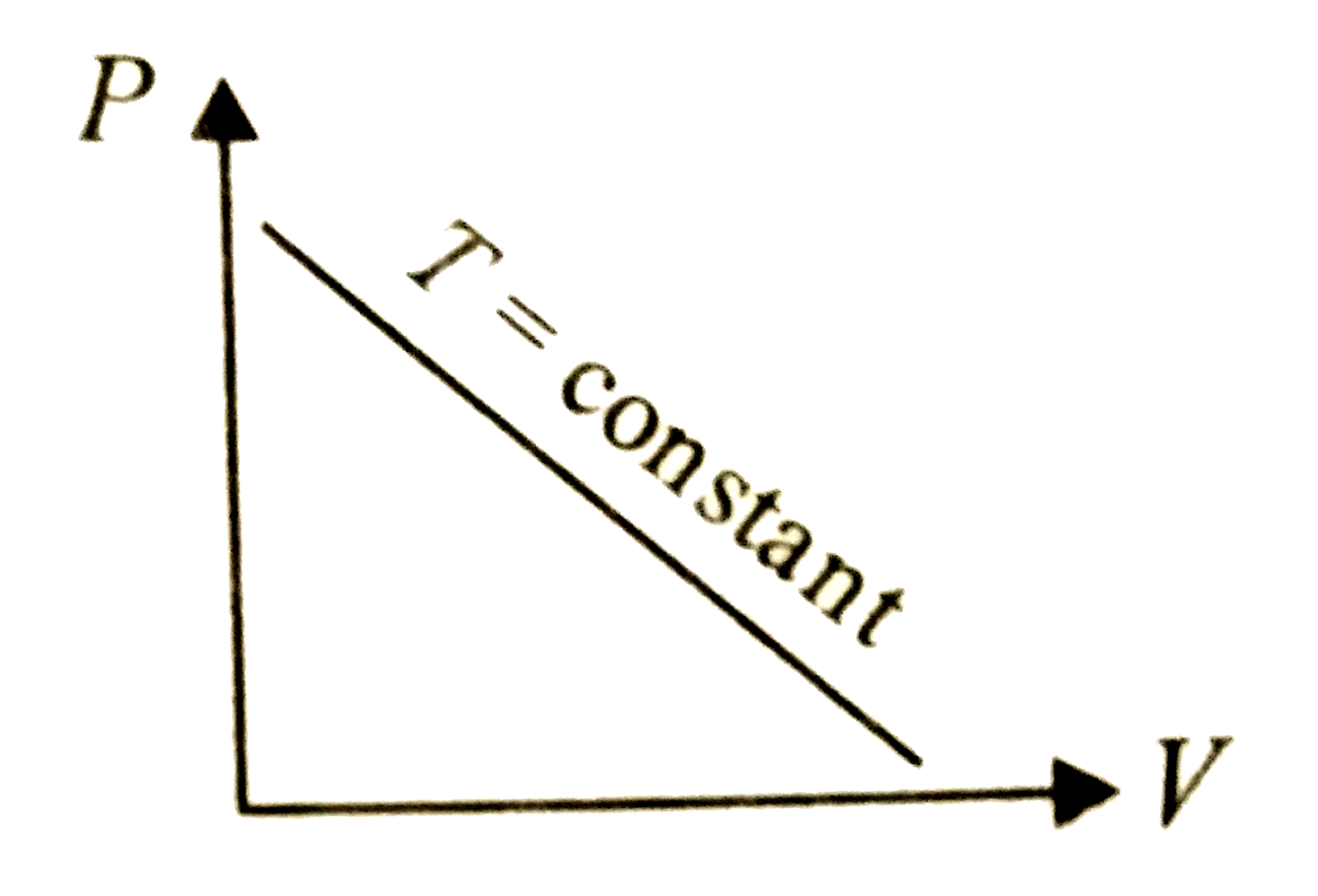 D4.
D4.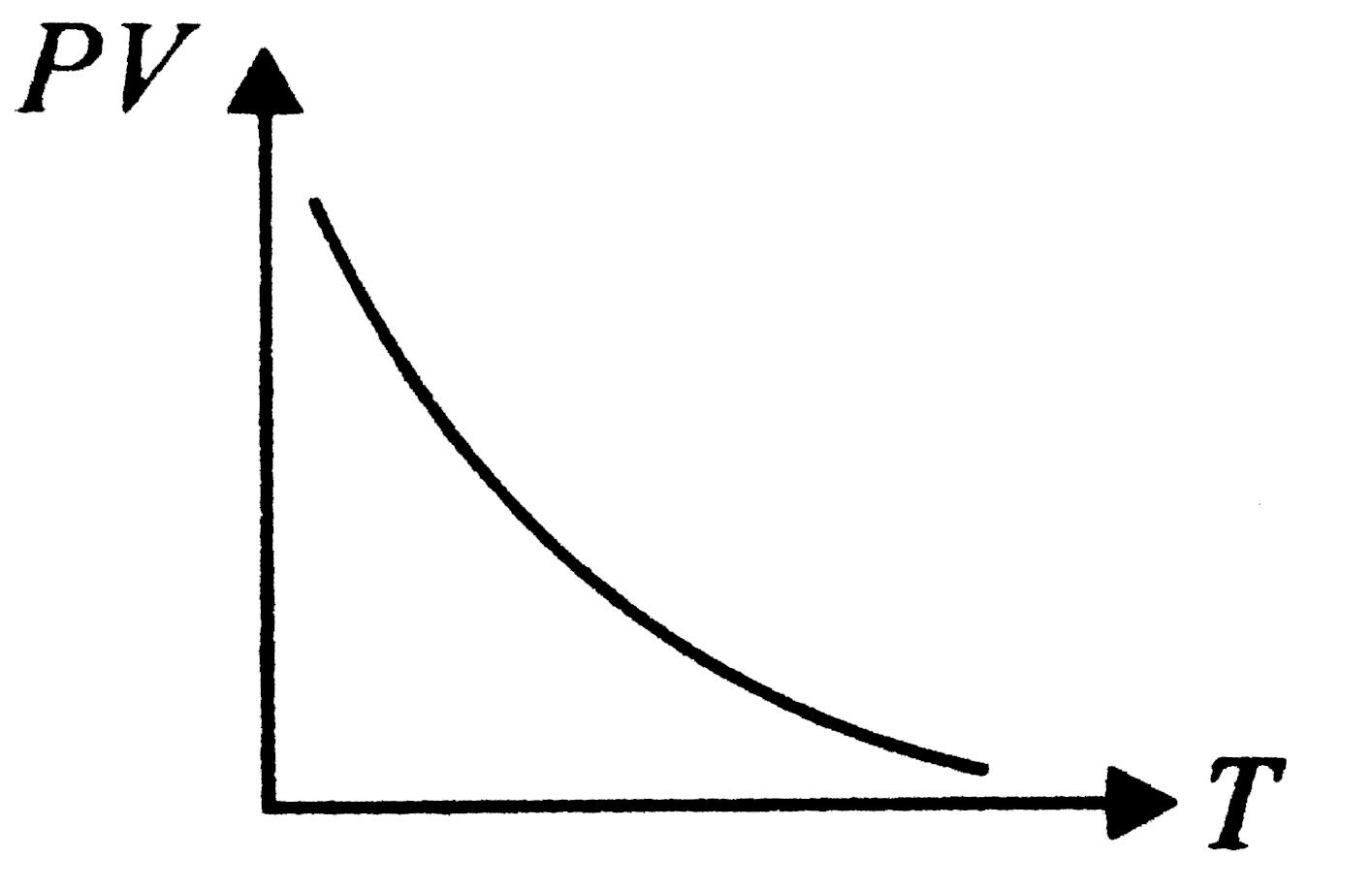
- Question 2 - Select One
Which of the following P-V diagram represent the graph of isometric process?
A B
B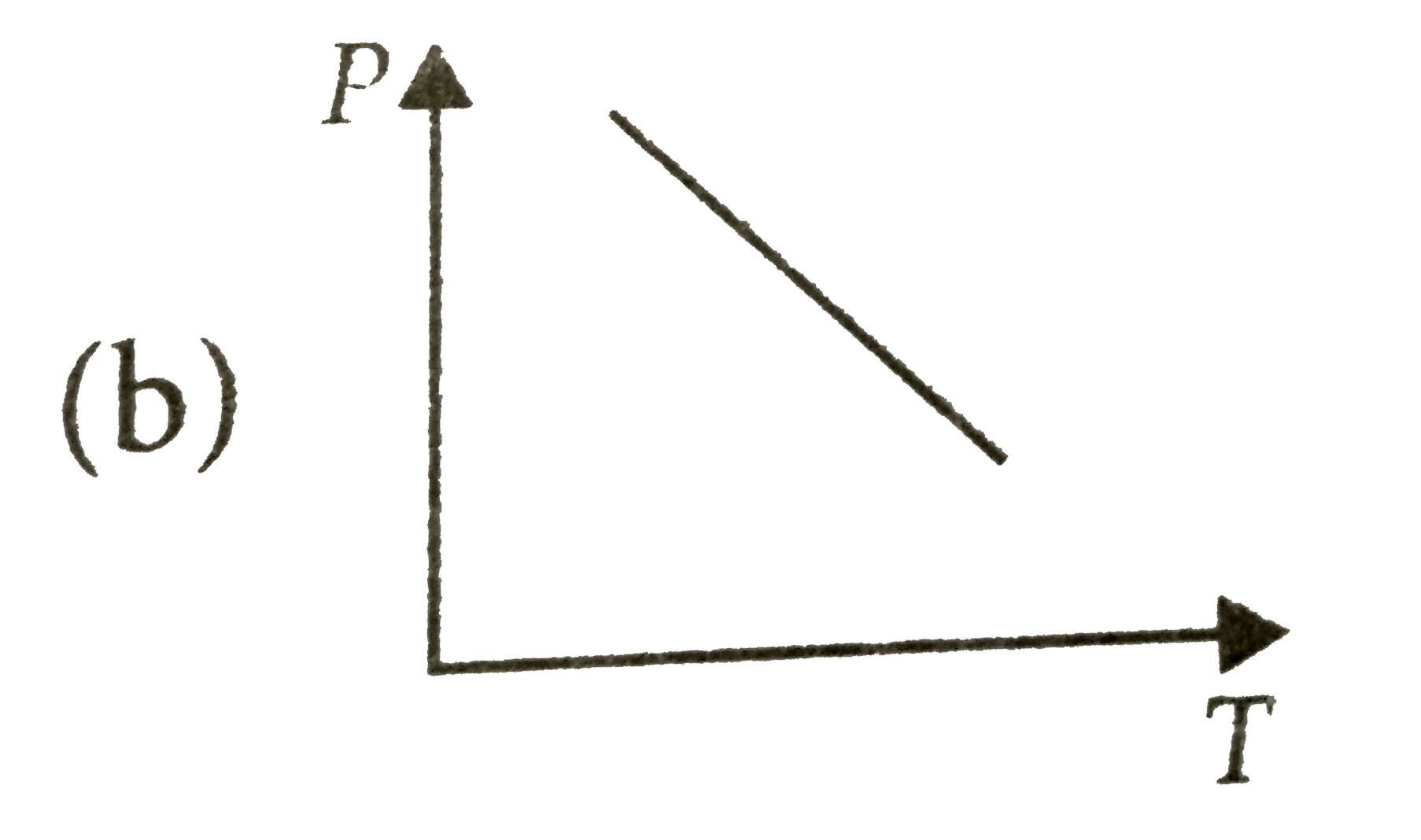 C
C D
D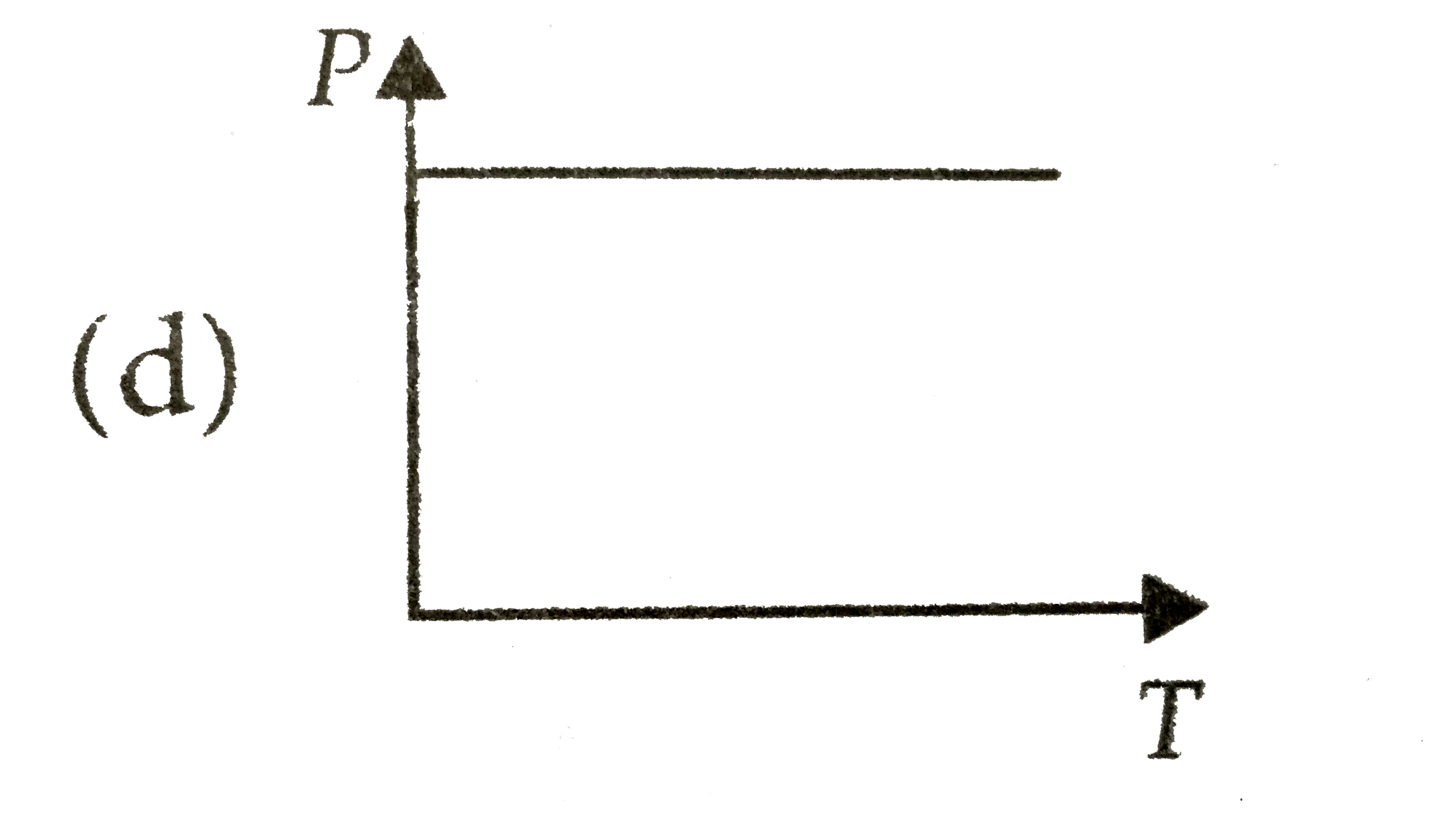
Which of the following graphs correctly represents the variation of β=−dV/dPV
with P for an ideal gas at constant temperature?View SolutionWhich of the following graphs correctly represents the variation of g on the - Earth?
View SolutionWhich of the following graph is incorrect for an ideal gas?
 View Solution
View SolutionWhich of the following diagram correctly represents the variation of internal energy (U) of gas under expansion at constant temperature.
View SolutionWhich of following graphs correctly represents the variation of particle momentum with de-Broglie wavelength?
View SolutionWhich of the following graph correctly represents the variation of molar conductance (Δm) with dilution for a strong electrolyte ?
View Solution

